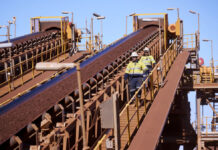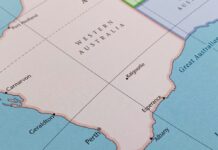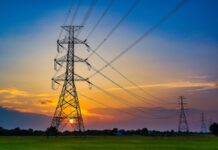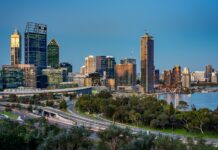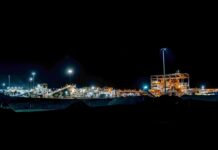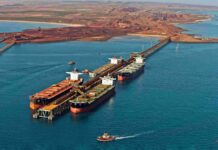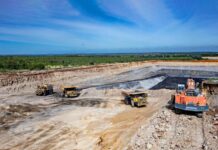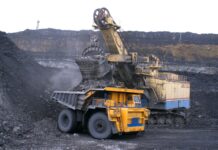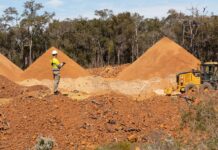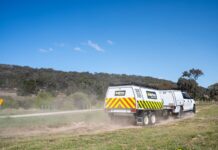AUSTRALIAN prospector and mining entrepreneur Mark Creasy has spoken out about government regulations making it hard for explorers and prospectors to break new ground in WA.
Speaking at the launch of The Miners — Stories from the Industry that Drives Modern Australia by veteran mining journalist Barry Avery, Mr Creasy expressed candid opinions on the future of mineral exploration and development in Australia, and the evolution of the resources sector in recent decades.
“Exploration prospecting is, on the average, a losing business,” Mr Creasy said.
“But if you’re going to encourage people to invest – whether it’s their labour or their capital – you need to try and keep the costs of entry as low as possible.
“Our governments compete to make it as hard as possible. Not a good move.” Mr Creasy said he believed there was still plenty of exploration potential in WA, but it would become more and more expensive to realise.
“I’m not saying the days of Paddy Hannan [a prospector who discovered gold in Kalgoorlie 120 years ago] are over.
There are definitely going to be outcrops of economic mineralisation on the surface to be found by people just bashing rock, but increasingly it is going to be about looking undercover.”
Mr Creasy said investment in exploration therefore needed to be encouraged.
“When I started, governments had created an environment where they tried to make it as easy as possible for people to go out there – prospect, risk their capital, risk their labour. These days they make it difficult,” he said.
“When I started it cost you $0.50 to get a miners right. You could go anywhere you liked; it took six weeks after pegging, say, a gold mining lease, to get it granted.
These days years elapse and every delay costs money.”
Mr Creasy is credited with some of Australia’s largest mineral discoveries, including the Jundee gold mine and the Bronzewing deposit, as well as the recent game-changing Nova-Bollinger nickel deposit. Nova-Bollinger, within Sirius Resources’ Fraser Range project, is a magmatic nickel sulphide deposit; a style never before seen in Australia, likened to Canada’s Thompson Belt.
“People keep on talking about the last frontier, and every time the last frontier is found, guess what – there’s another frontier,” he said.
“So the Fraser Range is, at the moment, the last frontier.”
Mr Creasy said that while the Thomspon Belt had 10 nickel mines, the Fraser Range only had one (in development) – posing the question of whether or not Sirius could find another deposit suitable for mining and replicate the success of the Thompson Belt.
“I’m the eternal optimist…we’re going to do our level best.”
The Miners is described as a “warts and all” look at the resources sector, with contributions from Atlas Iron chairman David Flannagan, Fortescue Metals Group chairman Andrew Forrest and Association of Mining & Exploration Companies chief executive Simon Bennison.
Proceeds from the sale of the book will be donated to the Starlight Children’s Foundation.

